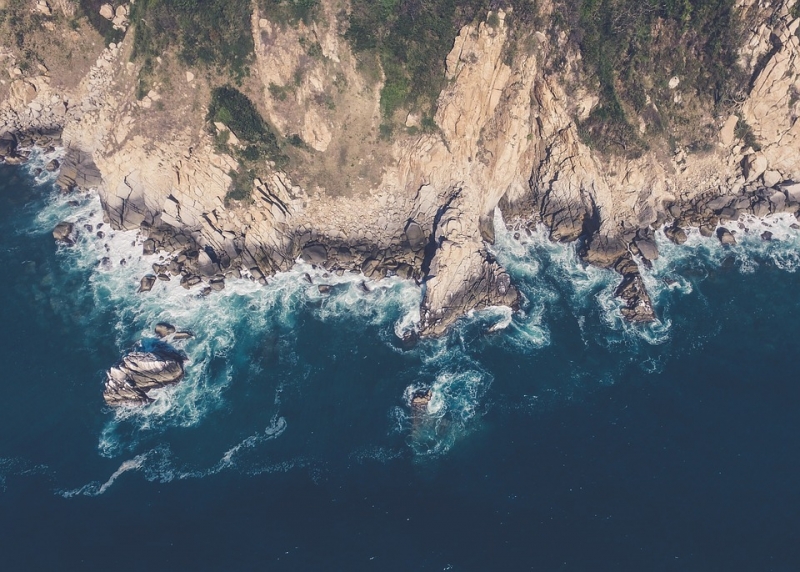Carbon capture and storage (CCS) is a hot-button topic as a strategy to mitigate climate change and reduce greenhouse gas emissions. CCS entails capturing carbon dioxide from the atmosphere and industrial plants at the source, then injecting the captured carbon dioxide into underground geologic formations for storage. Much research has focused on sequestering carbon dioxide onshore, in depleted oil and gas reservoirs or deep saline aquifers. Offshore CCS also may be feasible, but presents several governance and legal challenges.
In this month’s featured ELR article, Overcoming Impediments to Offshore CO2 Storage: Legal Issues in the United States and Canada, Romany Webb and Michael Gerrard of the Sabin Center for Climate Change Law explore current legal frameworks governing offshore CCS, specifically within the Cascadia Basin, a large sub-seabed basalt rock formation with significant storage potential. The authors evaluate regulations potentially affecting the injection of carbon dioxide in the Basin and explore how these regulations would affect offshore CCS.
 This regulatory framework spans jurisdictions and agreements, both domestically and internationally, primarily under dumping and disposal regulations for ocean and marine protected areas. The Cascadia Basin is governed by an international legal framework (United Nations Convention on the Law of the Sea), international agreements (most prominently the 1972 Convention on the Prevention of Marine Pollution by Dumping of Wastes and Other Matter and the 1996 Protocol to that Convention), and domestic regulation within the U.S. and Canada. Regulators in both countries have suggested that CCS would fall under their general environmental regulations; however, there has been little discussion of how these existing domestic programs would apply.
This regulatory framework spans jurisdictions and agreements, both domestically and internationally, primarily under dumping and disposal regulations for ocean and marine protected areas. The Cascadia Basin is governed by an international legal framework (United Nations Convention on the Law of the Sea), international agreements (most prominently the 1972 Convention on the Prevention of Marine Pollution by Dumping of Wastes and Other Matter and the 1996 Protocol to that Convention), and domestic regulation within the U.S. and Canada. Regulators in both countries have suggested that CCS would fall under their general environmental regulations; however, there has been little discussion of how these existing domestic programs would apply.
Recognizing the legal complexity of potential CCS in the Cascadia Basin creates an opportunity to advance regulatory and governance schemes for future offshore CCS projects. The authors warn that without policy changes, CCS will be regulated under general environmental regulations that are not appropriate. In order to mitigate this issue, Webb and Gerrard propose to amend the U.S. Marine Protection, Research, and Sanctuaries Act as well as the Canadian Environmental Protection Act to remove the prohibition on sub-seabed carbon dioxide injection and allow for CCS in U.S. and Canadian waters. But they also argue that both nations must enact specific legislation that regulates CCS and develop a well-defined governance framework for it.
ELI is making this featured ELR News & Analysis article available free for download. To access all that ELR has to offer, including the full content of News & Analysis and its archive, you must have a subscription.
